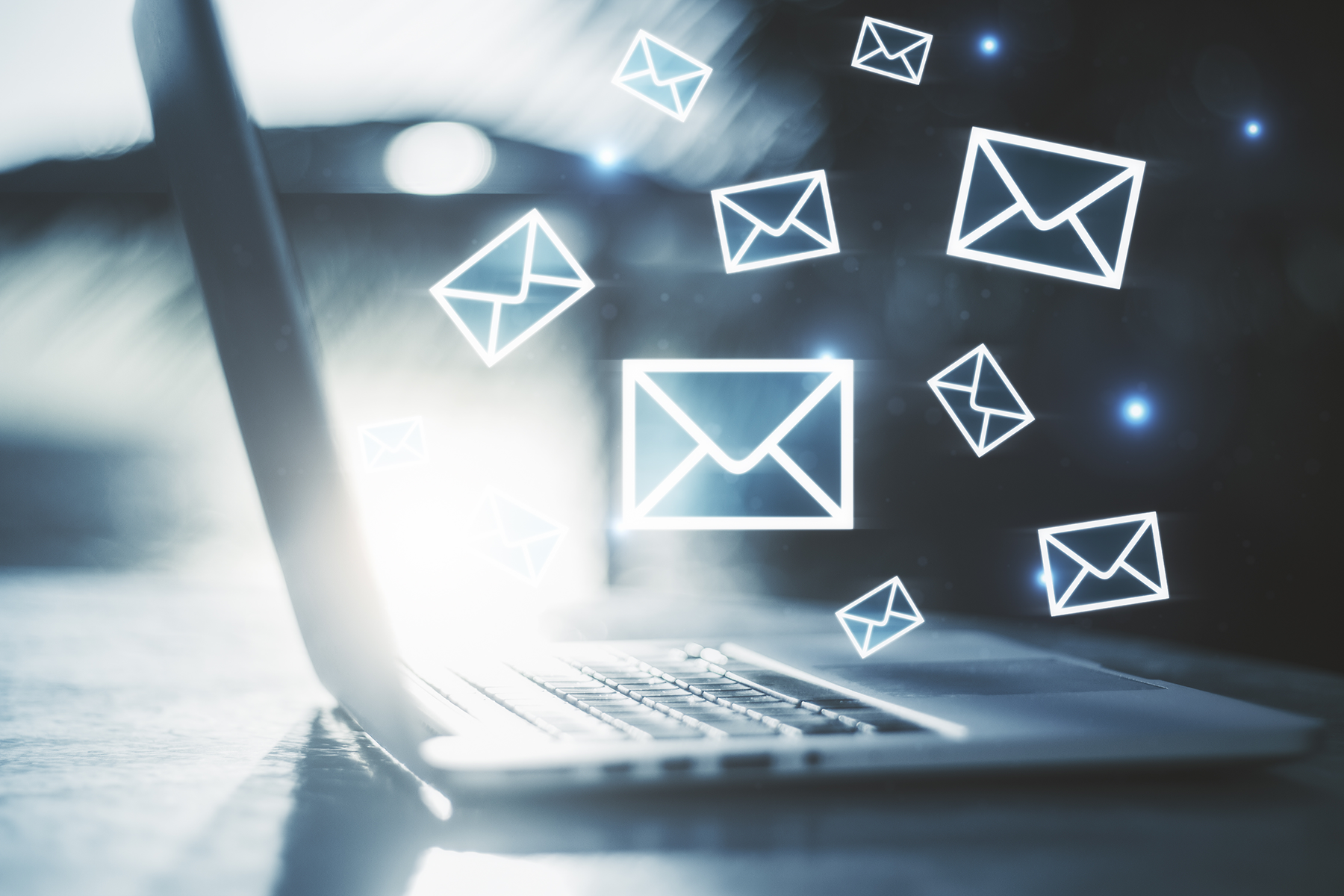10 Email Marketing Best Practices for Success in 2024
Email marketing often remains underestimated in a world dominated by social media and influencer marketing, yet it is still a highly effective tool for engaging customers and driving conversions. As we settle into the new year, it’s important to recognize the power of a well-crafted email campaign and its impact on your business. Here are some email marketing best practices to help you achieve your campaign goals.
- Personalization is Key: Move over generic mass emails. Consumers now demand a personalized experience. Use customer data to segment your audience and tailor content that resonates with each group. Dynamic content and personalized subject lines significantly increase open rates and engagement.
- Mobile Optimization is Non-Negotiable: Mobile devices are everywhere, whether it’s a phone or tablet. Ensure your emails are responsive and optimized for various screen sizes. Keep your content concise and easy-to-read to create a seamless experience across all devices.
- Compelling Subject Lines: A catchy, informative, and concise subject line can be the difference between an email being opened or sent to the trash. Experiment with different approaches, A/B test your subject lines, and analyze the results to understand what resonates best with your audience.
- Engaging Content is Essential: Provide value to your audience by offering relevant and engaging content. Share informative articles, industry insights, exclusive offers, and compelling stories that align with your brand's message. Visual content like videos, GIFs, and infographics can also significantly boost engagement.
- Clear Call-to-Action (CTA): Guide your audience toward the next step by incorporating clear and compelling CTAs. Make sure they stand out and are easily clickable. A well-designed CTA can direct traffic to your website, landing page, or product page, leading to increased conversions.
- Consistent Branding: Maintain consistency in branding and design elements across all of your email campaigns. This reinforces your brand identity and fosters trust among your subscribers. Use consistent color palettes, fonts, and imagery to create a cohesive brand experience.
- Timing Matters: Experiment with different send times and days of the week to determine when your audience is most responsive. Consider sending in the recipient’s time zone to ensure your emails reach them when they’re most likely to engage.
- A/B Testing for Continuous Improvement: Test different elements of your emails, including subject lines, content, CTAs, and design, to understand what works best for your audience. Doing so allows you to continuously refine your email marketing strategy.
- Compliance with Email Regulations: Data privacy concerns continue to gain prominence, which means complying with email regulations has become even more important. Understand GDPR requirements, respect CAN-SPAM rules, and implement opt-out options to avoid consequences, including hefty fines and damage to company reputation.
- Regular Performance Analysis and Optimization: Monitor key metrics such as open rates, click-through rates, conversion rates, and unsubscribe rates. Use this data to analyze the effectiveness of your campaigns and make data-driven adjustments to optimize future campaigns.
Email marketing may be one of the oldest tools in the digital marketing sphere, but when executed thoughtfully, it can yield impressive results in an ever-evolving marketing landscape. If you’re looking to take your email marketing campaigns to the next level, our team can help you succeed in 2024 and beyond. Learn more about our marketing services.
.jpg?width=100&height=67&name=INT%20Logo%202024%20-%20Primary%20(2).jpg)

